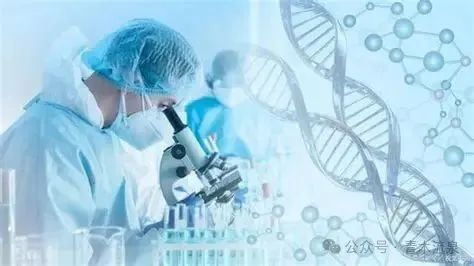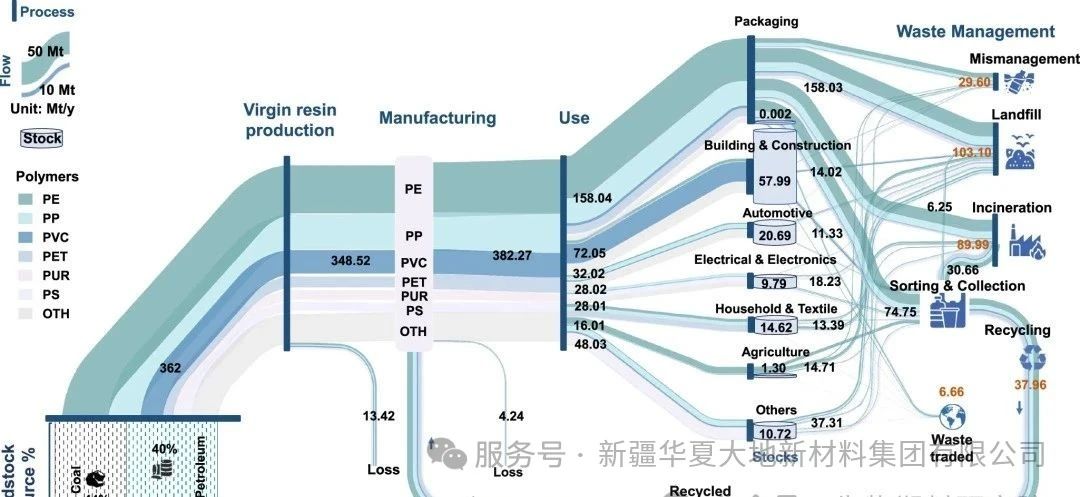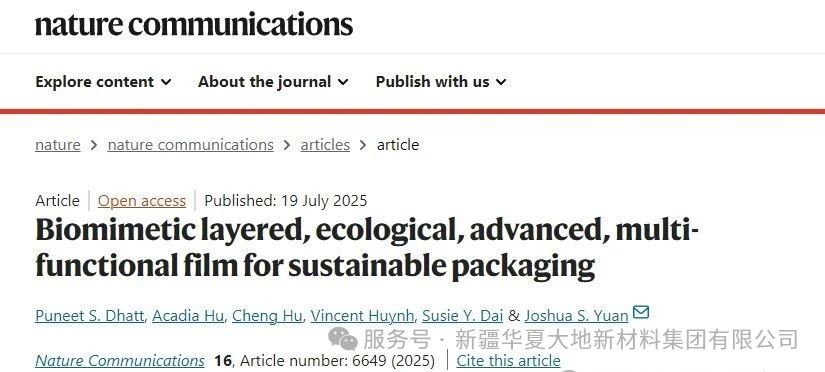Why can biodegradable plastic bags "disappear" in nature while they are all plastic bags? Is the degradation process of biodegradable plastic bags a silent "environmental magic" or a reaction that requires specific conditions? For factory purchasers and catering practitioners, clarifying these questions is not only related to the product usage effect but also to the fulfillment of environmental protection commitments.
Today, I'll take you to unveil the mysterious process of biodegradable plastic bags' degradation.
The degradation of biodegradable plastic bags is essentially a "degradation action" involving microorganisms. These plastic bags are mostly made of raw materials such as polylactic acid (PLA), polybutylene adipate-co-terephthalate (PBAT), and starch-based materials, which can be regarded as "food" by microorganisms in soil and composting sites.
When biodegradable plastic bags enter a suitable environment, microorganisms will first attach to the surface of the plastic bags and secrete specific enzymes. These enzymes act like "molecular scissors", cutting the large molecular polymers in the plastic bags into small molecular fragments. For example, under the action of lipase, polylactic acid will gradually degrade into lactic acid monomers, laying the foundation for subsequent degradation.
The degradation process is typically divided into three stages. The first stage is disintegration, during which, under the combined action of microorganisms and environmental factors, cracks and holes appear on the surface of the plastic bag, and it breaks into small pieces in form. At this stage, the physical structure of the plastic bag is damaged, but its chemical nature has not been completely altered.

Then comes the degradation stage. The smaller molecular fragments are further metabolized by microorganisms, converting into carbon dioxide, water and the biomass of the microorganisms themselves. For example, for starch-based biodegradable plastic bags, microorganisms can rapidly break down the starch into sugars, and then release carbon dioxide through respiration.
Then comes the mineralization stage. The remaining small molecules are oxidized and completely transformed into carbon dioxide and water, returning to the natural cycle.
However, the degradation of biodegradable plastic bags is not "available at all times". Environmental conditions have a significant impact on the degradation efficiency. In a composting environment, with a temperature maintained at 50-60℃, moderate humidity and sufficient oxygen, the microbial activity is strong, and it takes 6 months to 1 year for the biodegradable plastic bags to complete most of the degradation.
However, in natural soil, the temperature and humidity are unstable, and the types of microorganisms are limited. The degradation process may take up to 2-3 years.
If it enters aquatic environments, especially in oxygen-deficient areas such as the deep sea, the degradation rate will be even slower, and it may even stall due to the lack of key microorganisms.
Furthermore, the thickness of the plastic bag and the composition of the additives also affect the degradation rate. The thinner the bag and the fewer the additives, the easier it is for microorganisms to "break through" it.
The degradation of biodegradable plastic bags is a complex yet delicate process. It requires an appropriate environment and time in order to fully realize its environmental benefits.
For factories and the catering industry, choosing the right products and applying them in the right scenarios is the key to maximizing the effectiveness of biodegradable plastic bags.







